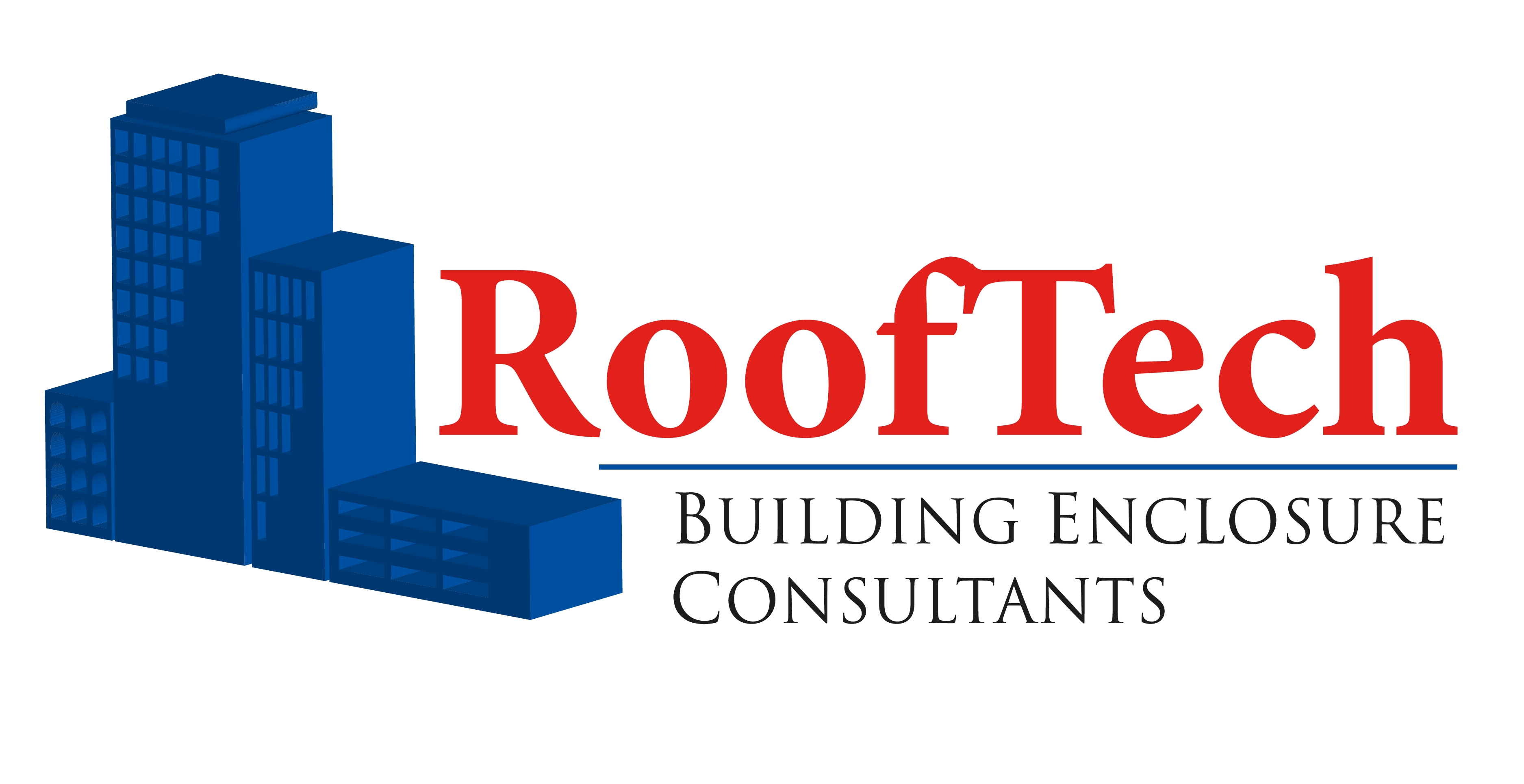Have you heard the term “Building Envelope Consultant”? It is used to describe staff like ours that have expanded beyond roofs and into the exterior building envelope. This expansion of services is the result of an under served market and extensive new building performance & code requirements. In 2017 Carl A. Hargrove, AIA published a great article in Facility Executive Magazine Online that explains in great detail when to utilize and what to expect from a Building Envelope
Like you, our workload changes with the seasons. As winter arrives our focus begins to transition from performing roof inspections & other fieldwork to designing roof replacements for the upcoming year. Early during this process we often see that a budget is secured, but the amount is incorrect. This is often the result of reused budgets that do not take into account the individuality and specifics of each building. We are currently designing projects that range in cost from $3.50 / sf to $3 8 .00 / sf. There is
In January 2014 we sent a newsletter discussing newly posted LTTR values (R-value) resulting from revised testing criteria. According to the National Roofing Contractors Association (NRCA) the R value of 1″ of polyisocyanurate insulation has dropped once again effective January 2016. Why the change? This is the result of applying the newest test methods to insulation boards of varying temperatures. Apparently boards at colder temperatures provide higher R values than boards at warmer temperatures. NRCA has chosen to refer
With the recent colder weather you are likely experiencing an increase in roof leaks. We would like to offer a brief explanation for this recent uptick in roof issues. After a very mild winter we are now receiving extremely low temperatures, ice, and an increase in precipitation. These weather changes result in a more active freeze/thaw cycle. Freezing and thawing results in the expansion and contraction of exposed roof components. The colder the weather, the more potential for extreme contraction. This continued and extreme movement can

